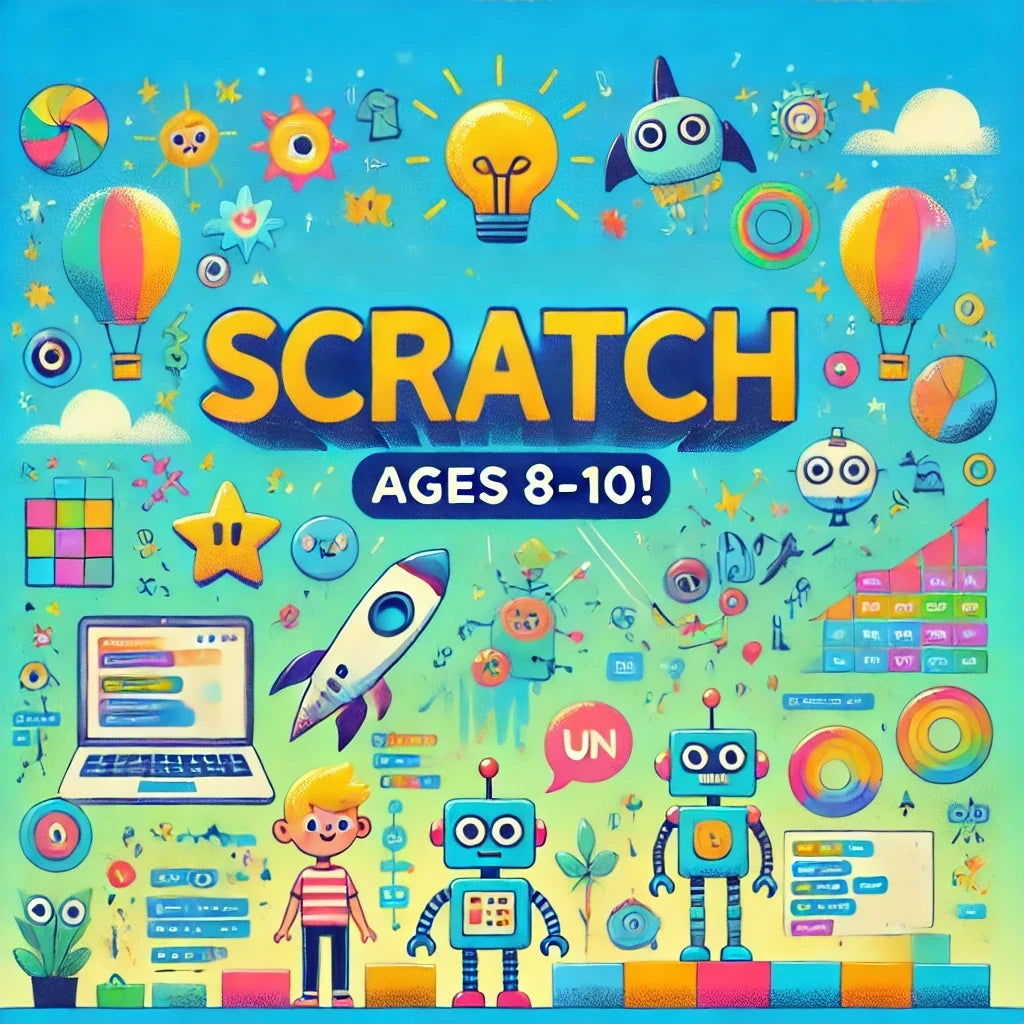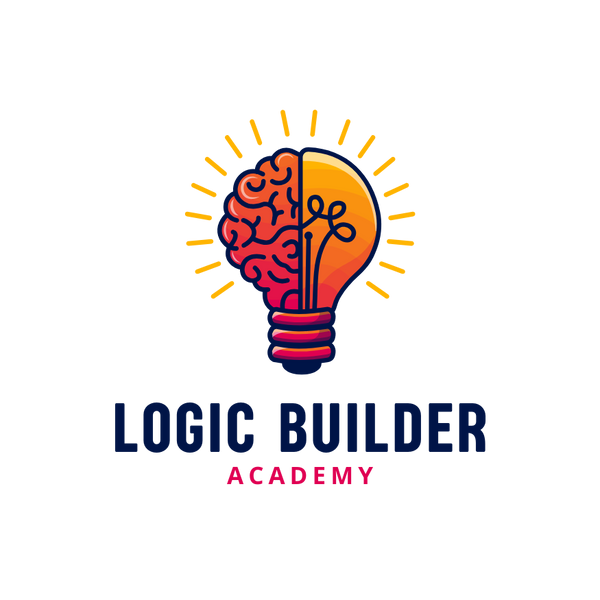1
/
of
1
Scratch Coding for Ages 8-10
Scratch Coding for Ages 8-10
Regular price
$150.00 CAD
Regular price
Sale price
$150.00 CAD
Unit price
/
per
Introduce Your Child to the World of Coding with Scratch (Ages 8-10)!
At Logic Builders Academy, we believe that learning should be fun and engaging! Our Scratch Coding Program for kids aged 8-10 is designed to introduce young learners to coding in a way that’s easy to understand and enjoyable.
What Your Child Will Learn:
- Basic Coding Concepts: Learn how to move characters, create interactive stories, and build fun games!
- Creative Problem Solving: Kids will develop their logical thinking while working on exciting projects.
- Interactive Projects: Each phase of learning is followed by a milestone project, helping children apply what they’ve learned.
Couldn't load pickup availability

Course Outline
Month 1: Introduction to Scratch and Basic Concepts
Week 1: Getting Started with Scratch
- Introduction to the Scratch interface and basic blocks
- Creating sprites and simple animations
- Activity: Build a simple animation where characters move and interact.
Week 2: Exploring Motion and Looks
- Understanding motion blocks to move sprites around
- Using looks blocks to change costumes and appearance
- Mini Project: Create an animated story where characters perform actions and change expressions.
Week 3: Using Sounds and Events
- Adding sound effects to animations
- Learning about events to control the flow of the program
- Activity: Create a fun soundboard where clicking on characters produces different sounds.
Month 2: Creating Interactive Projects
Week 1: Building with Loops and Conditionals
- Understanding loops for repeated actions
- Introduction to conditionals (if/then blocks) for decision-making
- Activity: Create a mini guessing game where a character responds based on the player's guesses.
Week 2: Using Sensing and Variables
- Introduction to sensing blocks for interactions with the environment
- Basic use of variables to store information
- Mini Project: Create a simple pet simulation where the pet's “happiness” is tracked based on player actions.
Week 3: Creating a Simple Game
- Planning a basic game structure (start, play, and end screen)
- Using Scratch blocks to implement game logic
- Milestone Project: Build a “Catch the Falling Object” game where the player catches items falling from the top of the screen.
Week 4: Sharing and Presenting Projects
- Adding finishing touches to the game
- Reviewing all concepts covered and showcasing projects
- Presentation Day: Students present their completed games to the instructor.

